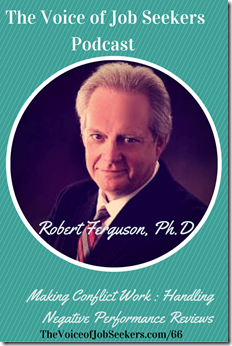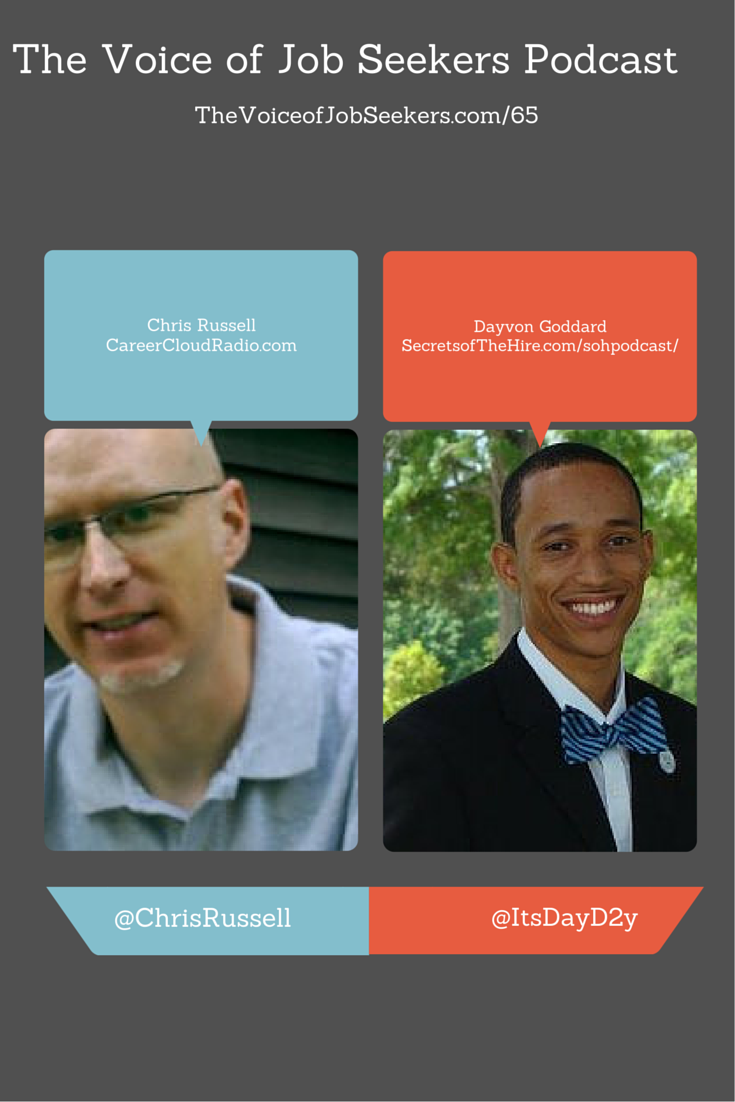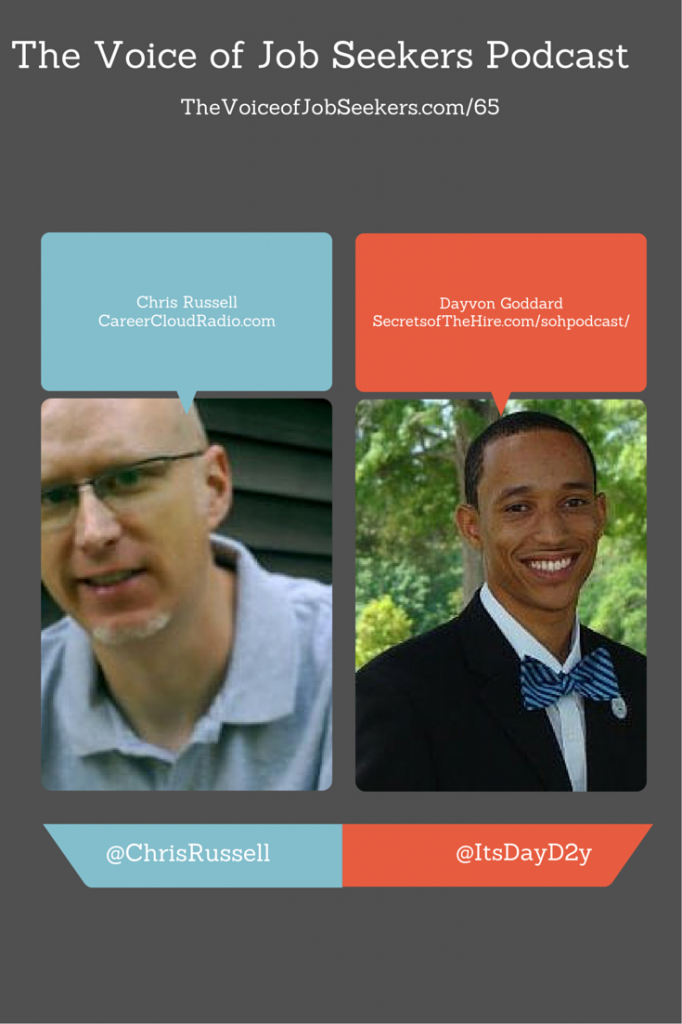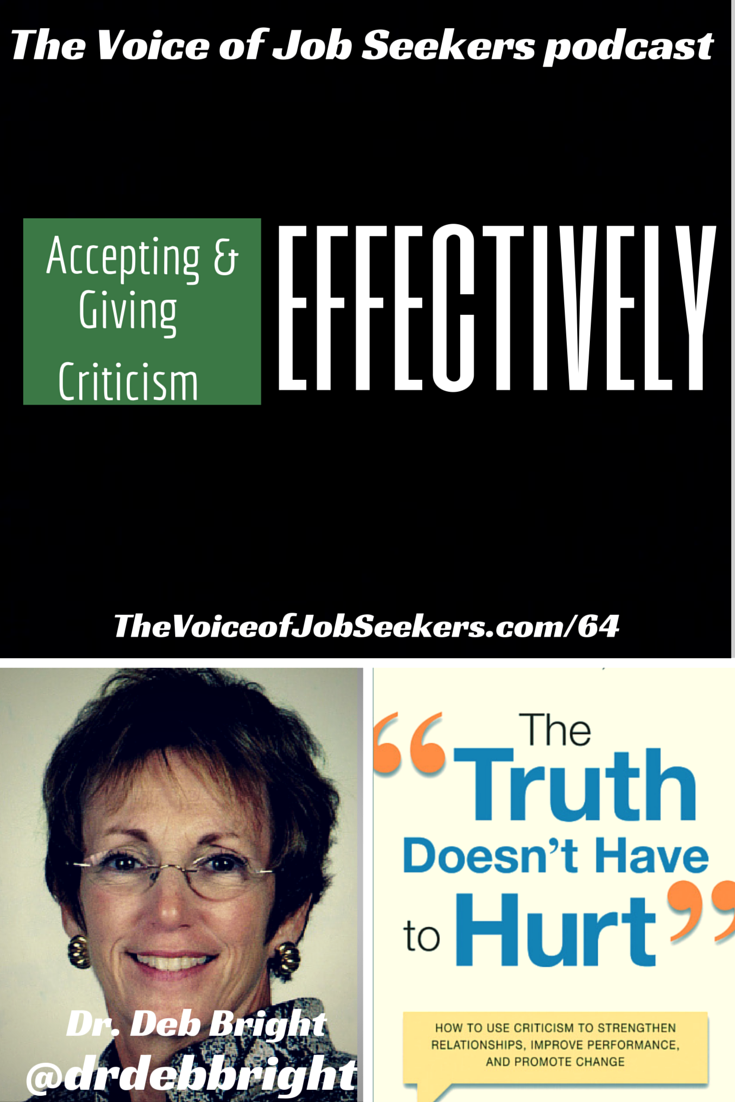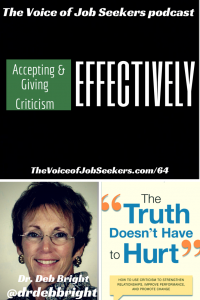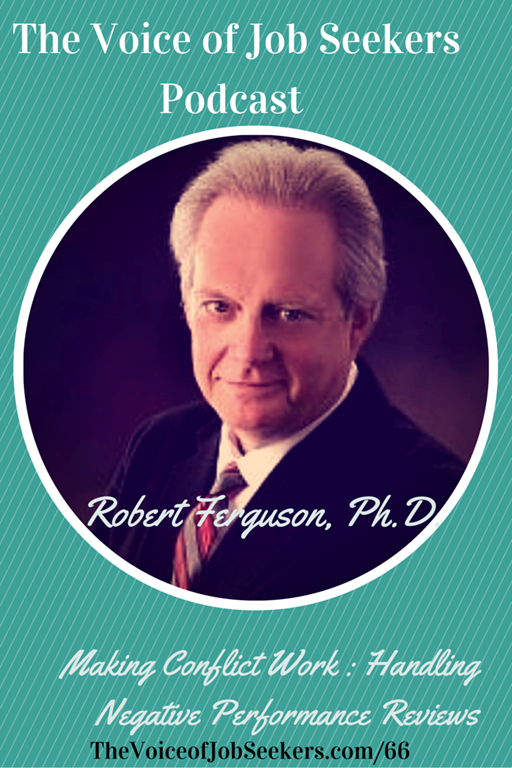
Podcast: Play in new window | Download | Embed
Subscribe: Apple Podcasts | RSS
An employee can go from gainful employment to job seeker status in one moment based on a performance review. It happens daily where polarizing views of work performance is seen. The end of the year performance review can reshape someone career.
Robert Ferguson, along with Peter Coleman wrote MAKING CONFLICT WORK: Harnessing the Power of Disagreement. I talk with Robert about how to temper a competitive and conflicting performance review. Robert explains how there are ways the employee can exercise “under power,” making a negative review into something useful for his or her career.
What was the worse review for you? Did you quit? Did you thrive after your review? I’d like to hear how from you how you handled conflicting performance review in one of three ways:
Blog: TheVoiceofJobSeekers.com (Use the send voicemail feature)
Email: mark@thevoiceofjobseekers.com
Voicemail: 708.365.9822
Robert Ferguson has a Ph.D in Psychology, a Management Consultant and Executive Coach whose client list includes Merril-Lynch, Navistar Corporation, and the University of Kentucky. MAKING CONFLICT WORK is a book published by Houghton-Mifflin-Harcourt.
Highlights of our discussion:
- Although most people are uncomfortable with conflict, there is a way to harness the energy to work to your advantage. Conflict happens within the context of a relationship such as a performance review with your supervisor
- Relationships with your supervisor should help the surprises that often result in the lack of a relationship. This is tempered with continual feedback during the year when the official review is once-a-year
- Often understated is the difference of power, and the book offers strategies to help people realize and leverage how to make them more cooperative
- We talked about how people come ready for a showdown and often the performance review becomes a “competitive conflict”
- Seeking “cooperative feedback” during the year builds the relationship resulting in a productive performance review
- Robert and I discuss how the employee has options with the unprepared competitive or dictatorial bosses who expect you to be “cooperative” without resistance. “Having less power doesn’t make you powerless…”
- There are informal sources of power but with a strategy you will not be the victim such as having “power-under”
- The key to having a productive and successful performance review is knowing your goals
- Robert also provides specific instances where the strategies were implemented and successful
Join us next week for our Christmas show. There will be a lot of job search nuggets and surprises!
